As international trade continues to flourish, the shipping relationship between China and Singapore plays a pivotal role in facilitating global commerce. Sea freight serves as a cornerstone of this trade, offering a cost-effective, reliable, and environmentally sustainable method for transporting goods across vast distances. With Singapore’s strategic position as a major trading hub in Southeast Asia, understanding the ins and outs of sea freight is essential for businesses looking to optimize their logistics strategies. From choosing between Less than Container Load (LCL) and Full Container Load (FCL) shipping to navigating customs clearance, this comprehensive guide will equip you with the knowledge needed to successfully import goods from China to Singapore.
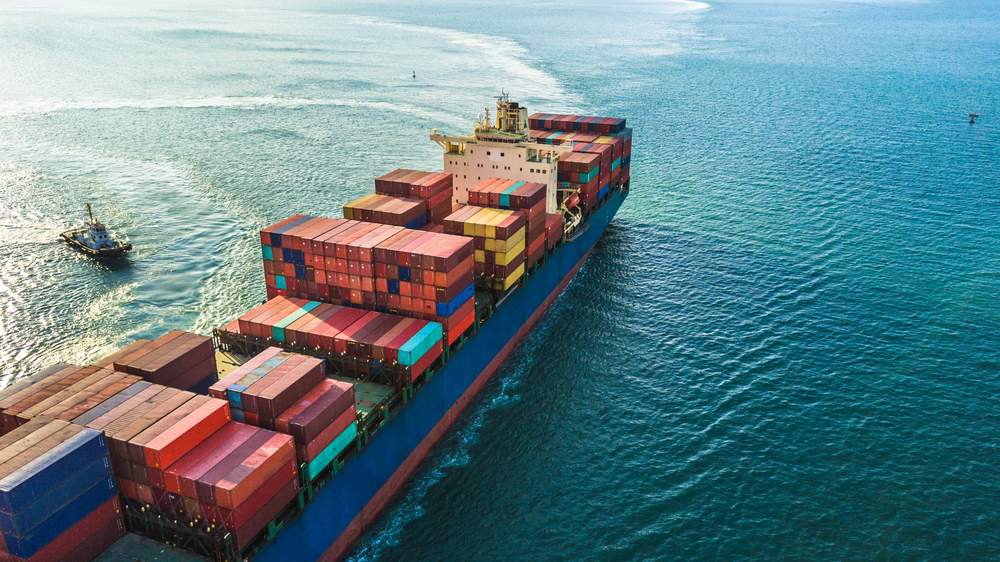
Understanding Sea Freight Options
When it comes to shipping from China to Singapore, businesses typically choose between Less than Container Load (LCL) and Full Container Load (FCL) shipping options. Each method has unique benefits and ideal use cases suited to specific shipping needs.
Less than Container Load (LCL) Shipping
Less than Container Load (LCL) shipping refers to the practice of consolidating cargo from multiple shippers into one shipping container. This method is particularly advantageous for businesses that do not have enough goods to fill an entire container and want to reduce transportation costs.
Advantages of LCL
- Cost Efficiency: LCL allows shippers to pay only for the space they occupy in the container, making it a cost-effective option for smaller shipments.
- Flexibility: This method provides greater flexibility in shipping schedules, allowing businesses to ship smaller quantities more frequently.
- Reduced Inventory Costs: By shipping smaller loads at regular intervals, businesses can keep their inventory levels lower and more manageable.
Ideal Use Cases for LCL
- Small to Medium-Sized Businesses: Companies that import goods in smaller quantities often find LCL shipping ideal for their needs.
- Test Shipments: Businesses that are testing new products or markets can use LCL to conduct trial shipments without committing to larger volumes.
- Seasonal Goods: Importing seasonal items that do not require full container space can benefit from LCL shipping to manage inventory effectively.
Full Container Load (FCL) Shipping
Full Container Load (FCL) shipping involves using an entire shipping container for a single shipment. This method is suitable for businesses that have enough goods to fill a container, ensuring that they have exclusive access to the space.
Advantages of FCL
- Speed and Efficiency: FCL shipments typically move faster as they do not require the consolidation process associated with LCL, resulting in shorter transit times.
- Security: With a dedicated container, the risk of damage or loss is reduced, providing greater security for high-value goods.
- Cost-Effectiveness for Larger Shipments: For businesses shipping large volumes, FCL often proves to be more economical than LCL, particularly when considering the lower per-unit shipping costs.
Ideal Use Cases for FCL
- Large-Scale Importers: Businesses with substantial inventory needs or high-volume shipments often opt for FCL to maximize efficiency and minimize costs.
- Bulk Goods: Shippers dealing with bulk commodities or products that require specialized handling typically prefer FCL for consistency in transport.
- Time-Sensitive Shipments: Companies with time-sensitive shipments may choose FCL to ensure faster delivery compared to LCL, as the latter may involve additional handling and delays.
The choice between LCL and FCL shipping will ultimately depend on the specific needs of your business and the nature of the goods being transported. Understanding these options provides businesses with valuable insight into optimizing their logistics strategies when importing from China to Singapore. For those seeking reliable freight forwarding services to manage their sea freight needs efficiently, the expertise of Dantful International Logistics can be invaluable, offering tailored solutions that align with your shipping requirements.
You may be interested in the following related articles:
- Why You Need a Specialized Hazmat Freight Forwarder for China to Italy Shipments
- Why You Need a Specialized Hazmat Freight Forwarder for China to Japan Shipments
- The Ultimate Guide to Sea Freight from China to United States
- Exploring the Benefits of Sea Freight from China to Brazil
- Why Choosing the Right Freight Forwarder from China to Belarus is Crucial
- Exploring the Benefits of Sea Freight from China to Switzerland
Comparing LCL and FCL Shipping Costs
When selecting a shipping method between Less than Container Load (LCL) and Full Container Load (FCL) for transporting goods from China to Singapore, understanding the cost dynamics is crucial. Each method comes with its unique cost factors, which can significantly influence the overall shipping expense.
Cost Factors for LCL and FCL
- Freight Charges:
- For LCL, charges are based on the volume (measured in cubic meters) or weight of the cargo, whichever is greater.
- For FCL, charges are typically fixed and depend on the size of the container used (20ft or 40ft).
- Handling Fees:
- LCL may incur additional handling fees due to the consolidation process.
- FCL usually has lower handling fees since the cargo is loaded and unloaded as a single unit.
- Insurance Costs:
- Insurance costs for LCL may be higher due to shared space risks, while FCL insurance is generally more straightforward due to exclusive container use.
- Port Charges:
- Both methods will incur port fees, but these can vary based on the shipping line and the specific ports involved.
Average Rates for LCL and FCL from China to Singapore
The table below provides a comparative overview of average rates for both LCL and FCL shipping options from China to Singapore:
| Shipping Method | Average Cost per Cubic Meter (LCL) | Average Cost per 20ft Container (FCL) | Average Cost per 40ft Container (FCL) |
|---|---|---|---|
| LCL | $50 – $120 | N/A | N/A |
| FCL | N/A | $1,500 – $2,500 | $2,500 – $4,000 |
These rates can vary depending on the shipping company, current market conditions, and specific service requirements.
You may be interested in the following related articles:
- Shipping From China To Vietnam
- Shipping From China To Thailand
- Shipping From China To South Korea
- Shipping From China To Philipines
- Shipping From China To Pakistan
- Shipping From China To Japan
- Shipping From China To Indonesia
- Shipping From China To Malaysia
Typical Transit Times for Sea Freight
Transit times play a critical role in selecting the preferred shipping method. The time taken for shipments to arrive in Singapore can differ significantly between LCL and FCL, largely due to the logistics processes involved.
Average Transit Times for LCL and FCL
Here is a comparative table illustrating the typical transit times for LCL and FCL shipments from China to Singapore:
| Shipping Method | Average Transit Time (Days) |
|---|---|
| LCL | 10 – 15 |
| FCL | 7 – 10 |
Factors Affecting Transit Times
-
Shipping Line Efficiency: Different shipping lines operate with varying schedules, which can impact transit times.
-
Port Congestion: High traffic at ports may lead to delays, particularly for LCL shipments, which undergo additional handling.
-
Weather Conditions: Natural factors can influence shipping schedules, potentially causing delays in transit.
-
Customs Clearance: The efficiency of customs processes at both the departure and destination ports can significantly affect overall shipping times, with FCL typically facing fewer delays due to streamlined processes.
Understanding both the costs and transit times associated with LCL and FCL shipping is essential for businesses looking to optimize their logistics strategy when importing from China to Singapore. For tailored solutions and expert guidance in navigating these logistics challenges, Dantful International Logistics stands ready to assist, ensuring high-quality and cost-effective shipping services.
Major Chinese Ports for Exports to Singapore
When planning to ship goods from China to Singapore, businesses need to consider the most suitable ports for export. Each port offers unique advantages based on its infrastructure, location, and logistics capabilities. Here are the key ports in China that facilitate sea freight to Singapore.
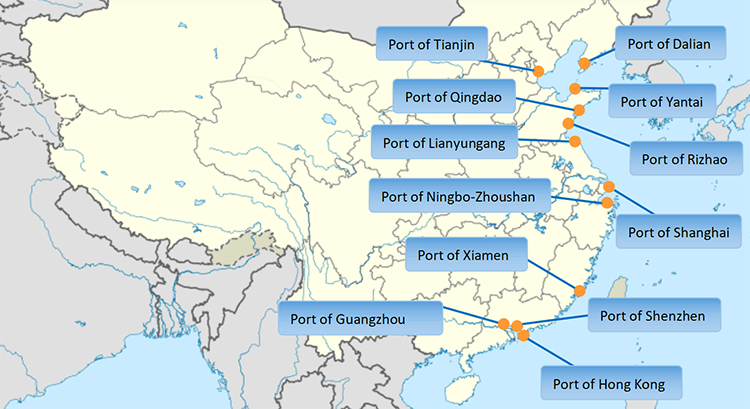
Key Ports in China for Sea Freight to Singapore
| Port | Location | Overview |
|---|---|---|
| Shanghai | East China Sea | The largest and busiest port in the world, handling a vast volume of container traffic. |
| Shenzhen | South China Sea | A significant hub for manufacturing and exports, known for its efficiency and rapid turnaround times. |
| Ningbo | East China Sea | One of the largest ports in China, it has advanced handling facilities and extensive service options. |
| Guangzhou | South China Sea | A key port for exports in South China, providing good connectivity and logistical support. |
| Xiamen | Taiwan Strait | Known for its strategic location, it caters to various industries with specialized services. |
Advantages of Each Port
- Shanghai:
- Global Connectivity: Extensive shipping routes connecting to numerous international destinations.
- Advanced Technology: State-of-the-art port facilities and automation improving efficiency.
- Shenzhen:
- Proximity to Manufacturing: Close to major manufacturing hubs, reducing inland transportation costs.
- High Efficiency: Quick customs clearance and fast turnaround times enhance supply chain responsiveness.
- Ningbo:
- Bulk Handling Capacity: Specialized facilities for bulk goods and containers, accommodating diverse cargo types.
- Direct Services: Offers direct shipping services to Singapore and other Southeast Asian ports.
- Guangzhou:
- Diverse Offerings: Capable of handling various types of cargo, including perishables and general freight.
- Strategic Location: Serves as a major export gateway for goods manufactured in the Pearl River Delta region.
- Xiamen:
- Specialized Services: Provides tailored services for electronics, machinery, and textiles.
- Efficient Logistics: Good road and rail links to facilitate efficient inland transportation.
Singapore Ports for Receiving Sea Freight
Singapore serves as a prominent logistics hub in Southeast Asia, with well-established ports designed to handle a significant volume of sea freight. Understanding the main ports in Singapore and their capabilities is vital for businesses importing goods from China.
Main Ports in Singapore for Receiving Goods
| Port | Overview |
|---|---|
| Port of Singapore | The largest and most prominent port, known for its efficiency and connectivity to global shipping routes. |
| Jurong Port | Specializes in bulk cargo, including petroleum, chemicals, and other industrial goods. |
| Sembawang Wharves | Caters to specialized needs, primarily handling project cargo and heavy lift shipments. |
Port Infrastructure and Handling Capabilities
- Port of Singapore:
- Advanced Terminals: Equipped with advanced container handling systems and automated cranes that enhance operational efficiency.
- Multimodal Connectivity: Offers seamless connectivity to air freight and land transportation, allowing for integrated logistics solutions.
- Jurong Port:
- Bulk Handling Facilities: Specialized equipment for handling bulk cargo ensures quick loading and unloading.
- Dedicated Berths: Provides dedicated berths for handling specific types of cargo, leading to reduced waiting times and improved service levels.
- Sembawang Wharves:
- Heavy Lift Capabilities: Equipped to handle oversized cargo and heavy machinery, ideal for construction and infrastructure projects.
- 24/7 Operations: Round-the-clock service ensures that businesses can operate without delays, regardless of time constraints.
Understanding the major Chinese ports for exports and the Singapore ports for receiving goods is essential for optimizing shipping processes. Efficient logistics management can significantly enhance supply chain effectiveness, making it vital for businesses to align their shipping strategies accordingly. For expert freight forwarding services that cater to your specific needs, Dantful International Logistics offers comprehensive solutions designed to facilitate smooth transportation from China to Singapore.
Preparing Your Shipment for Sea Freight
Efficiently preparing your shipment is crucial to ensuring a smooth transit from China to Singapore. This section outlines the essential documentation, packaging guidelines, and labeling requirements that facilitate seamless sea freight.
Essential Documentation
The following documents are vital for a successful sea freight shipment:
- Commercial Invoices:
- This document details the transaction between the buyer and seller, including descriptions of the goods, quantities, prices, and payment terms. It is essential for customs purposes.
- Packing Lists:
- Provides a detailed inventory of the shipment, including itemized descriptions, weights, and dimensions. This information helps customs officials verify the contents during inspections.
- Bills of Lading (B/L):
- A key transport document issued by the carrier that serves as a receipt for the goods and a contract for transportation. It outlines the terms under which the goods are being transported and can be used to claim the shipment upon arrival.
- Certificates of Origin:
- A document certifying the country of origin of the goods, which may be required for customs clearance and to comply with trade agreements.
- Insurance Certificates:
- Proof of insurance coverage for the shipment, protecting against potential losses or damages during transit.
Packaging and Labeling
Proper packaging and labeling of your shipment are essential to ensure the safety and legality of the goods during transport.
Packaging Guidelines for Sea Freight
- Durability: Use strong, weather-resistant materials that can withstand the rigors of sea transport and potential exposure to moisture.
- Secure Packing: Ensure that items are securely packed to prevent movement within the container, which can cause damage. Use padding materials such as bubble wrap, foam, or packing peanuts.
- Weight Distribution: Distribute weight evenly within the shipping container to avoid shifting during transit, which can lead to instability and damage.
Proper Labeling for Customs Clearance
- Clear Labels: Each package must be clearly labeled with the consignee’s information, including name, address, and contact number.
- Customs Information: Include necessary customs information such as product descriptions, Harmonized System (HS) codes, and the country of origin on the labels to expedite the clearance process.
- Handling Instructions: Apply handling labels to indicate if the shipment is fragile, heavy, or requires special care.
Navigating Customs Clearance
Understanding customs procedures is essential for avoiding delays and ensuring compliance when importing goods from China to Singapore.
Understanding Customs Procedures in China and Singapore
- China Customs:
- Exporters must declare their intention to export and provide the necessary documentation to Chinese customs authorities, including commercial invoices and packing lists. Proper duties must be paid before cargo is released.
- Singapore Customs:
- Importers must lodge a customs declaration upon arrival of the goods, submitting the relevant documentation such as the bill of lading, commercial invoice, and packing list. Import duties and Goods and Services Tax (GST) may apply.
Tips for Smooth Customs Clearance
- Accuracy: Ensure all documents are accurate and complete to minimize the risk of delays due to discrepancies or missing information.
- Timely Submission: Submit customs documentation well in advance of the arrival of the shipment to allow sufficient time for processing.
- Engage a Freight Forwarder: Consider using a freight forwarder who understands the customs regulations and can assist with the clearance process, ensuring all compliance requirements are met.
Choosing the Right Sea Freight Forwarder
Selecting the right freight forwarder is essential to the success of your shipping operations. A knowledgeable and reliable forwarder can help navigate the complexities of international shipping.
Qualities of a Reliable Freight Forwarder
- Experience: A forwarder with a proven track record in the industry understands the nuances of shipping and customs processes.
- Expertise: They should possess in-depth knowledge of the specific regulations and requirements for shipping to Singapore.
- Network: A well-established network of contacts with shipping lines, customs authorities, and warehouses can facilitate smoother operations.
- Customer Service: Reliable communication and responsiveness are crucial for addressing any issues that may arise during shipping.
Questions to Ask When Selecting a Forwarder
- What experience does the forwarder have with shipping from China to Singapore?
- Can they provide references or testimonials from previous clients?
- What services do they offer, including documentation assistance, insurance, and cargo tracking?
- How do they handle customs clearance and any potential issues that may arise?
Why Choose Dantful Logistics
Dantful Logistics stands out as a highly professional, cost-effective, and high-quality one-stop international logistics service provider for global traders. With extensive experience in freight forwarding and a deep understanding of customs regulations, Dantful ensures a smooth shipping experience from China to Singapore. Their commitment to customer service, along with comprehensive support in documentation and customs clearance, makes them an excellent choice for businesses looking to optimize their logistics operations. For tailored shipping solutions, consider partnering with Dantful International Logistics to streamline your sea freight needs.
Dantful International Logistics Services:
- Dantful Ocean Freight Services
- Air Freight From China
- Amazon FBA Freight Forwarding
- WAREHOUSE Services
- One-Stop Customs Clearance Solution
- Cargo Insurance Services in China
- DDP Shipping Services By Dantful Logistics
- Out of Gauge Cargo Transportation Shipping Services
FAQs
1. What are the main shipping options available for transporting goods from China to Singapore?
Businesses can choose between Less than Container Load (LCL) and Full Container Load (FCL) shipping options. LCL is suitable for smaller shipments, while FCL is ideal for larger shipments that can fill an entire container.
2. What are the advantages of using LCL shipping?
LCL shipping offers cost efficiency, flexibility in shipping schedules, and reduces inventory costs by allowing businesses to ship smaller loads more frequently.
3. When should I opt for FCL shipping?
FCL shipping is recommended for large-scale importers, bulk goods, and time-sensitive shipments, as it provides faster transit times and greater security for high-value goods.
4. What are the typical costs associated with LCL and FCL shipping?
LCL shipping costs average between $50 – $120 per cubic meter, while FCL shipping can range from $1,500 – $2,500 for a 20ft container and $2,500 – $4,000 for a 40ft container.
5. How long does it take for shipments to arrive in Singapore?
The average transit time for LCL shipments is 10 – 15 days, while FCL shipments typically take 7 – 10 days.
6. What are the major ports in China for exporting goods to Singapore?
Key ports include Shanghai, Shenzhen, Ningbo, Guangzhou, and Xiamen, each with unique advantages like advanced infrastructure and close proximity to manufacturing hubs.
7. What are the main ports in Singapore for receiving sea freight?
The primary ports include the Port of Singapore, Jurong Port, and Sembawang Wharves, which handle a significant volume of sea freight and offer specialized services.
8. What documents are needed for sea freight shipments?
Essential documents include commercial invoices, packing lists, bills of lading, certificates of origin, and insurance certificates.
9. How can I ensure smooth customs clearance for my shipments?
Ensuring accuracy in documentation, timely submission of customs declarations, and engaging a knowledgeable freight forwarder can facilitate smooth customs clearance.

Young Chiu is a seasoned logistics expert with over 15 years of experience in international freight forwarding and supply chain management. As CEO of Dantful International Logistics, Young is dedicated to providing valuable insights and practical advice to businesses navigating the complexities of global shipping.




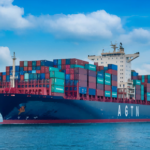

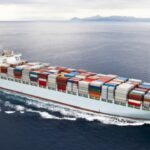

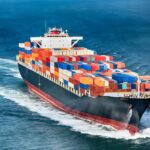

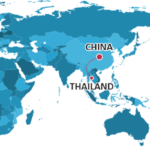
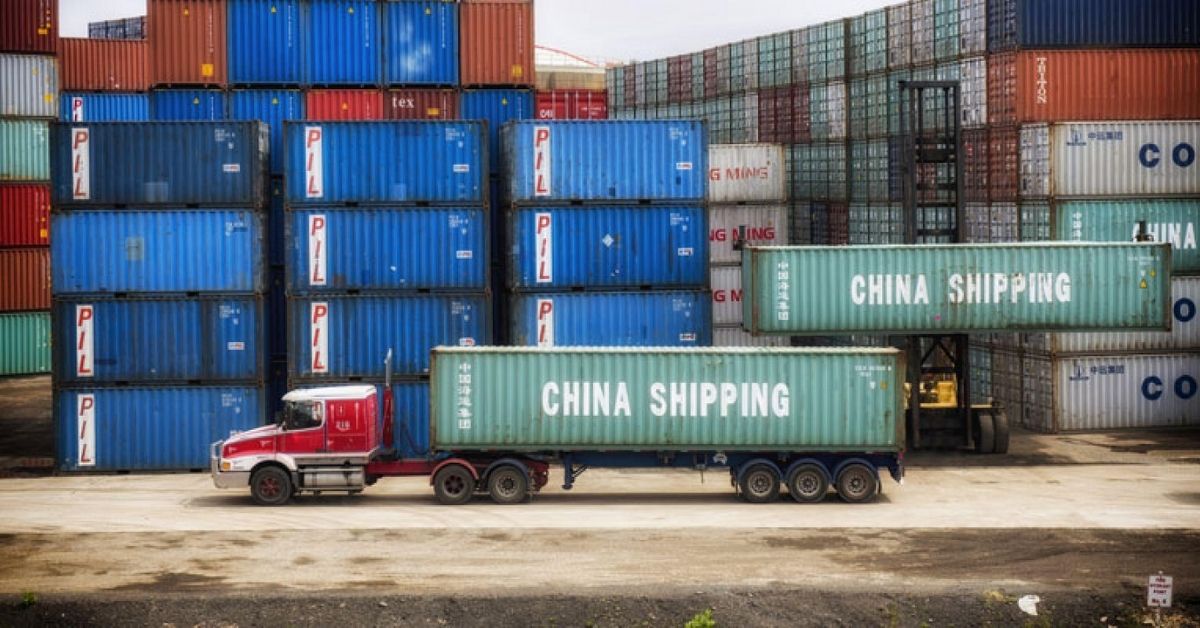
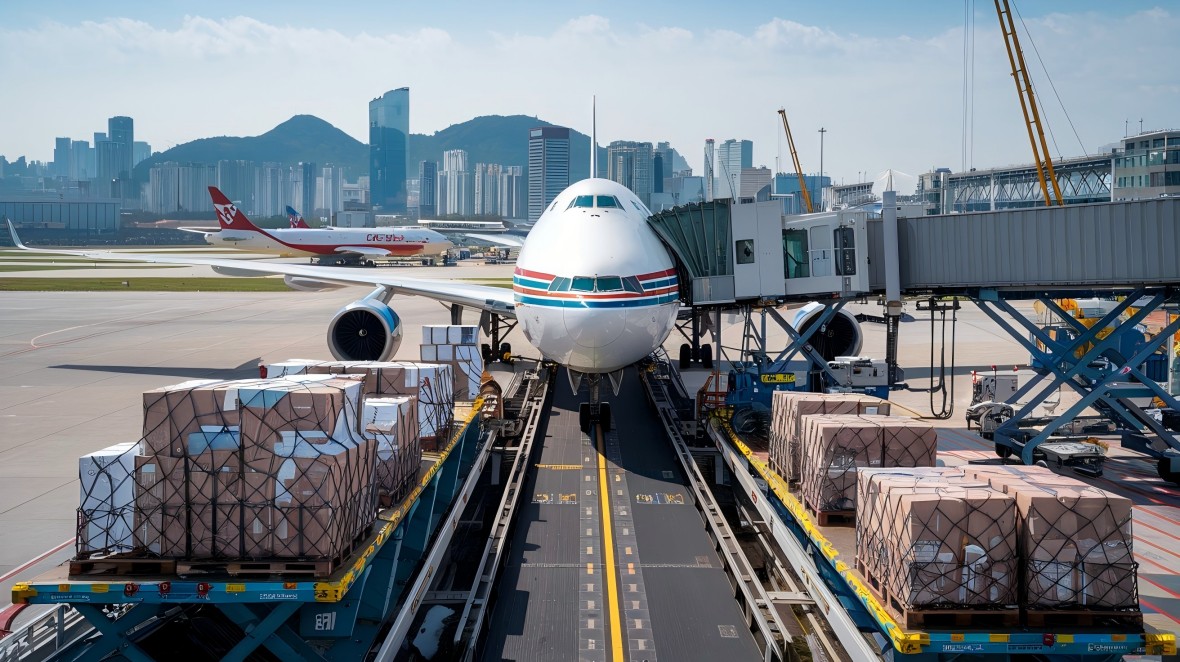
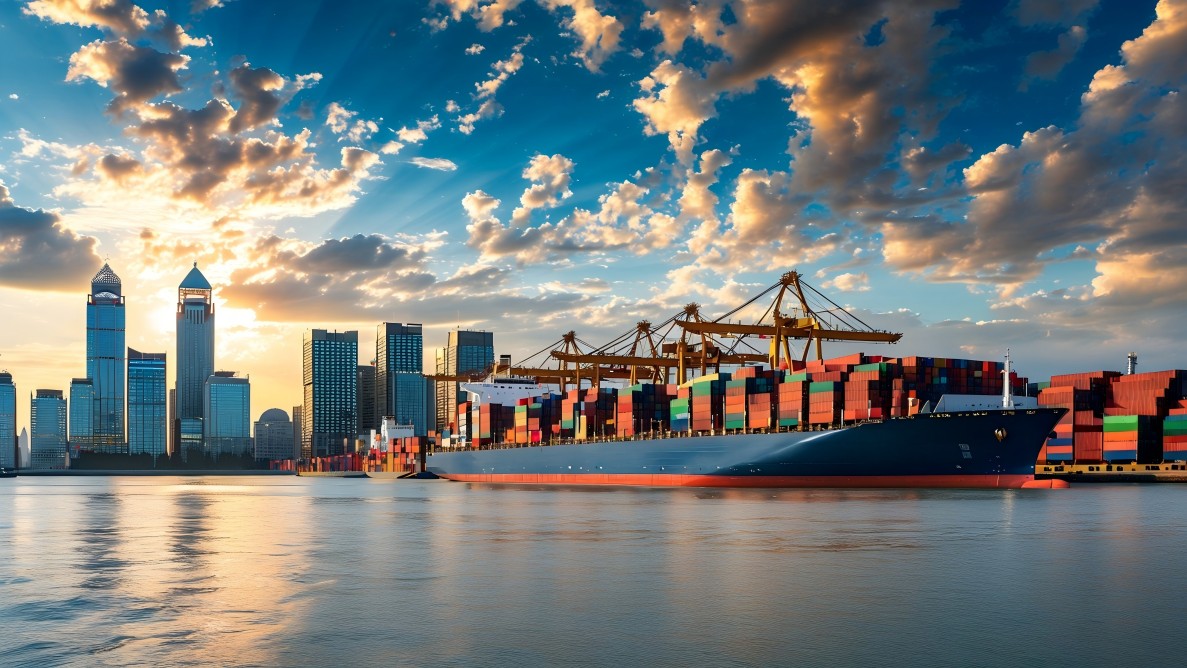
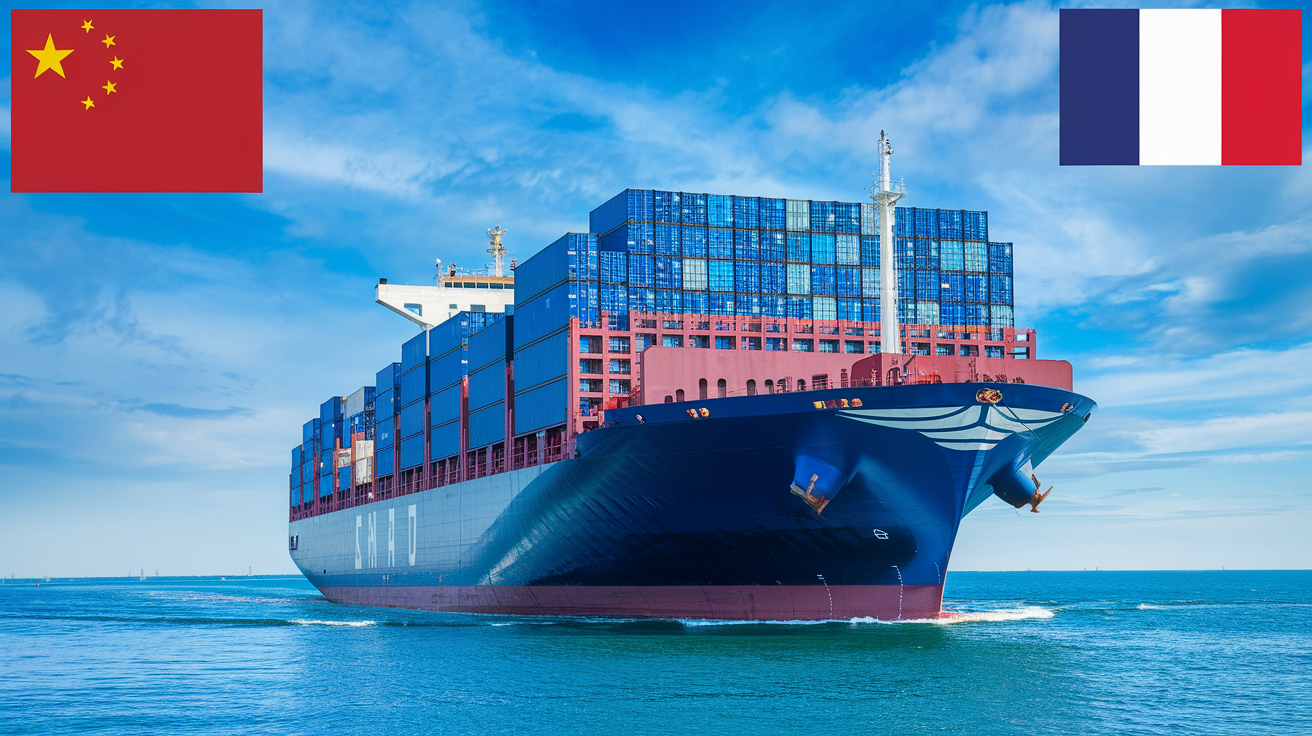
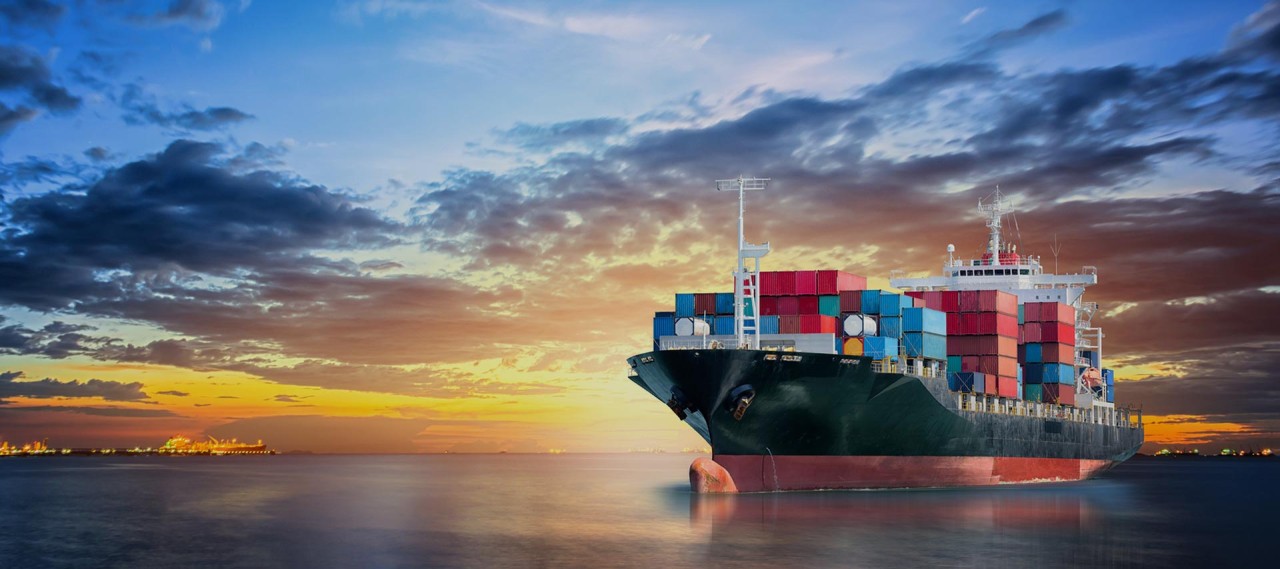





 Afrikaans
Afrikaans Shqip
Shqip አማርኛ
አማርኛ العربية
العربية Հայերեն
Հայերեն Azərbaycan dili
Azərbaycan dili Euskara
Euskara Беларуская мова
Беларуская мова বাংলা
বাংলা Bosanski
Bosanski Български
Български Català
Català Cebuano
Cebuano Chichewa
Chichewa 简体中文
简体中文 繁體中文
繁體中文 Corsu
Corsu Hrvatski
Hrvatski Čeština
Čeština Dansk
Dansk Nederlands
Nederlands English
English Esperanto
Esperanto Eesti
Eesti Filipino
Filipino Suomi
Suomi Français
Français Galego
Galego ქართული
ქართული Deutsch
Deutsch Ελληνικά
Ελληνικά Kreyol ayisyen
Kreyol ayisyen Harshen Hausa
Harshen Hausa Ōlelo Hawaiʻi
Ōlelo Hawaiʻi עִבְרִית
עִבְרִית हिन्दी
हिन्दी Hmong
Hmong Magyar
Magyar Íslenska
Íslenska Igbo
Igbo Bahasa Indonesia
Bahasa Indonesia Gaeilge
Gaeilge Italiano
Italiano 日本語
日本語 Basa Jawa
Basa Jawa ಕನ್ನಡ
ಕನ್ನಡ Қазақ тілі
Қазақ тілі ភាសាខ្មែរ
ភាសាខ្មែរ 한국어
한국어 كوردی
كوردی Кыргызча
Кыргызча ພາສາລາວ
ພາສາລາວ Latin
Latin Latviešu valoda
Latviešu valoda Lietuvių kalba
Lietuvių kalba Lëtzebuergesch
Lëtzebuergesch Македонски јазик
Македонски јазик Malagasy
Malagasy Bahasa Melayu
Bahasa Melayu മലയാളം
മലയാളം Maltese
Maltese Te Reo Māori
Te Reo Māori मराठी
मराठी Монгол
Монгол ဗမာစာ
ဗမာစာ नेपाली
नेपाली Norsk bokmål
Norsk bokmål پښتو
پښتو فارسی
فارسی Polski
Polski Português
Português ਪੰਜਾਬੀ
ਪੰਜਾਬੀ Română
Română Русский
Русский Samoan
Samoan Gàidhlig
Gàidhlig Српски језик
Српски језик Sesotho
Sesotho Shona
Shona سنڌي
سنڌي සිංහල
සිංහල Slovenčina
Slovenčina Slovenščina
Slovenščina Afsoomaali
Afsoomaali Español
Español Basa Sunda
Basa Sunda Kiswahili
Kiswahili Svenska
Svenska Тоҷикӣ
Тоҷикӣ தமிழ்
தமிழ் తెలుగు
తెలుగు ไทย
ไทย Türkçe
Türkçe Українська
Українська اردو
اردو O‘zbekcha
O‘zbekcha Tiếng Việt
Tiếng Việt Cymraeg
Cymraeg יידיש
יידיש Yorùbá
Yorùbá Zulu
Zulu